COLOGNE’S FIRST MUSEUM
“I hereby designate my native town, the City and Municipality of Cologne, as heir to my entire estate.” These words from the testament of Franz Ferdinand Wallraf (1759 – 1824) marked the beginning of the Wallraf Richartz Museum & Foundation Corboud.
When Wallraf died on 18 March 1824, an absolutely immense estate ran into the city’s ownership. The number of altars, paintings, drawings, books, coins and other objets d’art that the collector had saved during his life from the ravages of secularisation was simply overwhelming. The city already started looking for a suitable place to house the collection shortly after his death. But several decades were to pass before the first dedicated building was erected.
THIRTY YEARS OF WAVERING –
FROM WALLRAFIANUM TO WALLRAF RICHARTZ MUSEUM
After the death of his friend Wallraf, the writer and painter Matthias Joseph de Noël (1782 – 1849) conducted the negotiations with the city council over the bequest. And in 1827 de Nöel – by now elected as the collection’s first curator – managed to arrange for it to be provisionally housed in the former quarters of the Cologne archbishops in Trankgasse: the Wallrafianum.
When in 1844 the painter Johann Anton Ramboux (1790 – 1866) succeeded de Noël in the position of curator, the possibility of building a dedicated museum had long been the subject of heated debate. A number of renowned architects, including Jakob Ignaz Hittorff, Sulpiz Boisserée and Ernst Zwirner, had presented plans to the city, but a lack of finances prevented them from being realised.
The council only finally agreed to build a museum when in 1854, a good thirty years after Wallraf’s death, the merchant Johann Heinrich Richartz (1795 – 1861) made a donation of 100,000 thalers. Work could now commence on the first museum to be built in the Rhineland. In keeping with the plans of Josef Felten (1799 – 1880), a Cologne architect and friend of Richartz, the foundation stone was laid shortly after on the grounds of the former Minorite monastery.
Seven years later, on 1 July 1861, the Wallraf Richartz Museum was opened with great pomp. Lord Mayor Stupp of Cologne culminated his effusive inaugural speech with the words “Cologne has sired great men – but never before has there been a Richartz!” The benefactor was not however personally there to witness the celebratory opening: Johann Heinrich Richartz had died shortly beforehand. But his memory lives on in the name of the museum.
RISE AND FALL –
THE WALLRAF RICHARTZ MUSEUM DURING WORLD WAR II
Both the popularity of the museum and its holdings underwent constant growth in the years to follow. Numerous loans, gifts from the citizenry, and purchases of old masters and modern works, above all by the Impressionists, soon made the house – now under the direction of Carl Aldenhofen (1842 – 1907) and Alfred Hagelstange (1874 – 1914) – one of the foremost museums in Germany
Under director Otto Förster (1894 – 1975), in 1936 the museum acquired theCarstanjen Collection. With valuable works by Rembrandt and Franz Hals, the stone was laid for a gallery of European stature. 1936 was also the year of the great Stefan Lochner exhibition: to mark the 75th anniversary of the Wallraf Richartz Museum, Förster dedicated a special exhibition to the Cologne master that brought together all of the works that the research had so far identified as by him.
“DEGENERATE” AND DESTROYED
Just one year later, the National Socialists confiscated countless works for its propaganda exhibition “Degenerate Art”. The collection lost many priceless exhibits, including paintings and drawings by Picasso, Munch, Beckmann, Gaugin, Dix, and Kokoschka. One blow followed the other: during the night-time bombing raids in 1943, the museum was completely destroyed. The artworks could however be evacuated in good time.
NEW DEPARTURES AND NEW BEGINNINGS –
THE POST-WAR YEARS AND THE ENTRY OF THE MODERNISTS
The Cologne lawyer and art collector Josef Haubrich (1889 – 1961) had followed the developments at the Wallraf Richartz Museum with keen interest. In 1955 he signalled a new start in his City of Cologne, which had been destroyed by the war like scarcely another in Germany: as a replacement for the works confiscated by the Nazi regime, he donated his singular collection of German Expressionist and Modernist works.
Two years later, in 1957, the new building of the Wallraf Richartz Museum (now the home of the Museum für Angewandte Kunst) opened its doors. The architects were Rudolf Schwarz (1897 – 1961) and Josef Bernard (1902 – 1959). In 1968, the house received another major addition in the field of modern art through the donation of the Peter and Irene Ludwig Collection.
TWO COLLECTIONS UNDER ONE ROOF –
THE WALLRAF RICHARTZ MUSEUM AND MUSEUM LUDWIG
Under the direction of Gerhard Bott, (*1927), who assumed his position in 1975, the City of Cologne together with husband and wife benefactors Paul and Irene Ludwig decided to establish a separate museum for twentieth century art:Museum Ludwig come into being. The two museums were however to share a new building, and there was much discussion about how this was to be done. A call for proposals was made in 1974 and a decision reached in 1976: the winners of the competition were Cologne architects Peter Busmann (*1933) and Godfrid Haberer (*1941). In 1986, roughly ten years later, the Wallraf Richartz Museum and Museum Ludwig moved into their new home between the cathedral and the Rhine.
A HISTORICAL LOCATION IN THE HEART OF TOWN –
A NEW HOME FOR THE OLD MASTERS
When the Ludwigs likewise donated their Pablo Picasso collection to the City of Cologne in 1994, the new museum building which had opened only a few years before proved to be too small for both historical and modern art. The city council thus decided in 1996 to construct a new, dedicated building for the Wallraf Richartz Museum in the city’s historical centre, according to the plans of Cologne architect Oswald Mathias Ungers (1926 – 2007). In January 2001 the new building was opened in the immediate neighbourhood of Stefan Lochner’s birthplace.
BY NO MEANS THE END OF THE STORY –
THE HIGHLIGHTS OF THE FONDATION CORBOUD
In 2001, the same year in which the new building was inaugurated, the Swiss entrepreneur Gérard J. Corboud (*1925) and his Cologne-born wife, Marisol Corboud, made over their extensive collection of Impressionist and post-Impressionist paintings to the Wallraf Richartz Museum as a “loan in perpetuity”. To thank and honour these two benefactors, the museum has ever since borne the name "Wallraf Richartz Museum & Fondation Corboud”.
fonte: @edisonmariotti #edisonmariotti
http://www.wallraf.museum/en/the-museum/history/
http://www.wallraf.museum/en/the-museum/history/


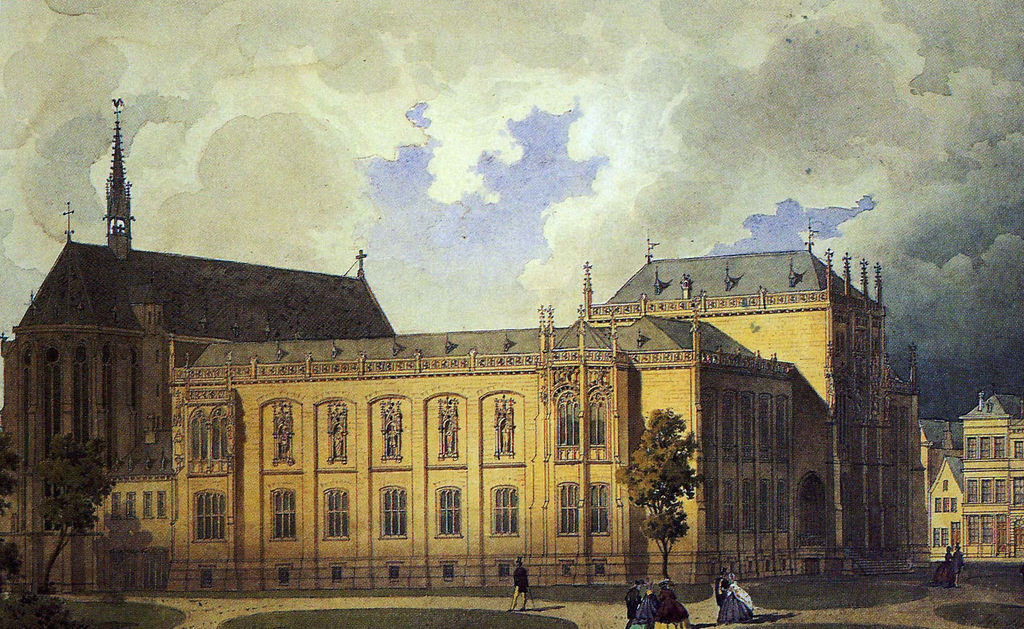
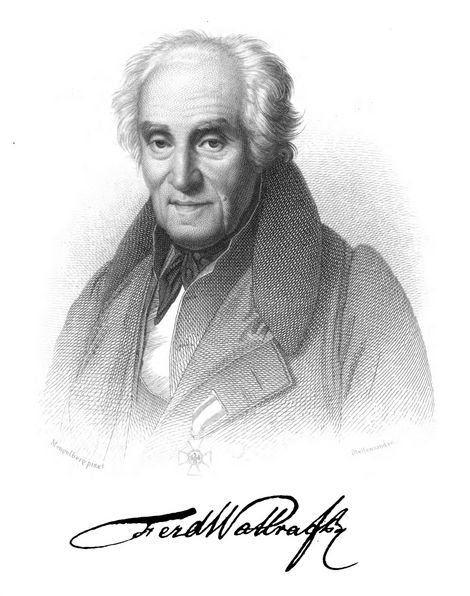
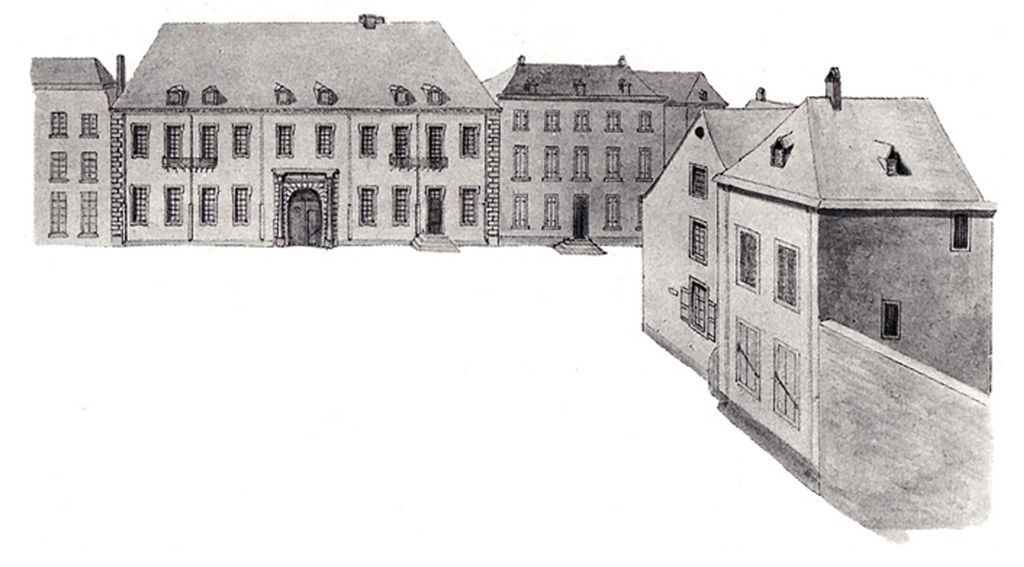
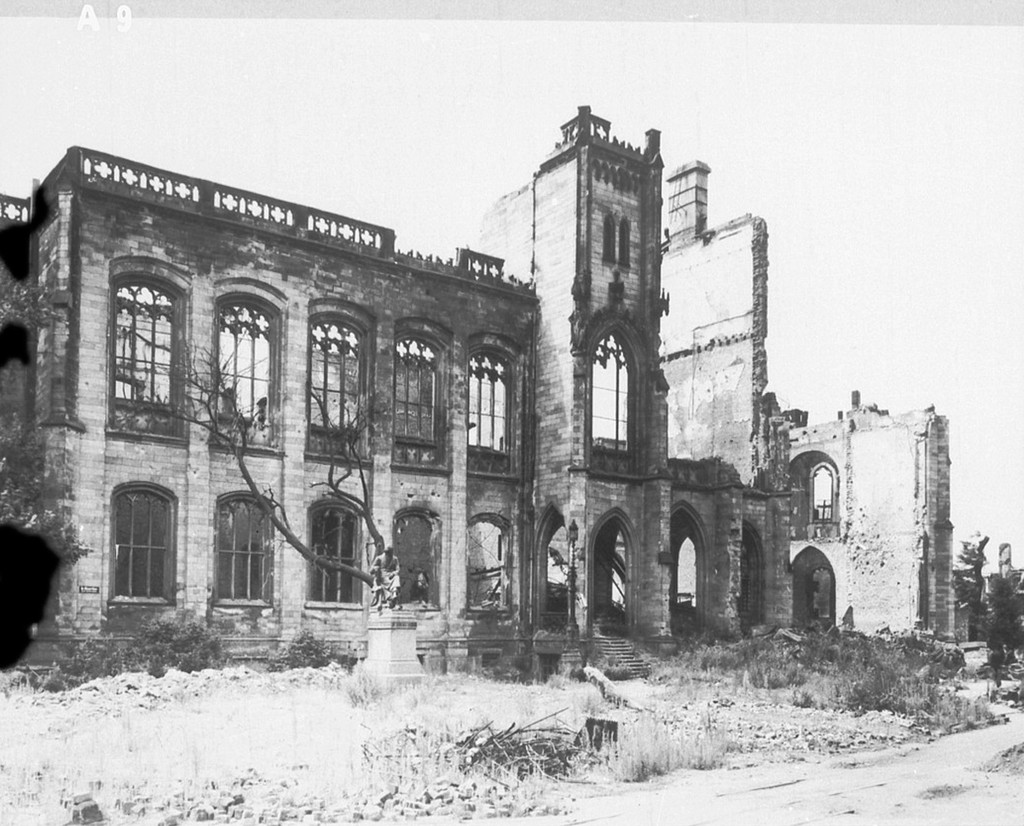
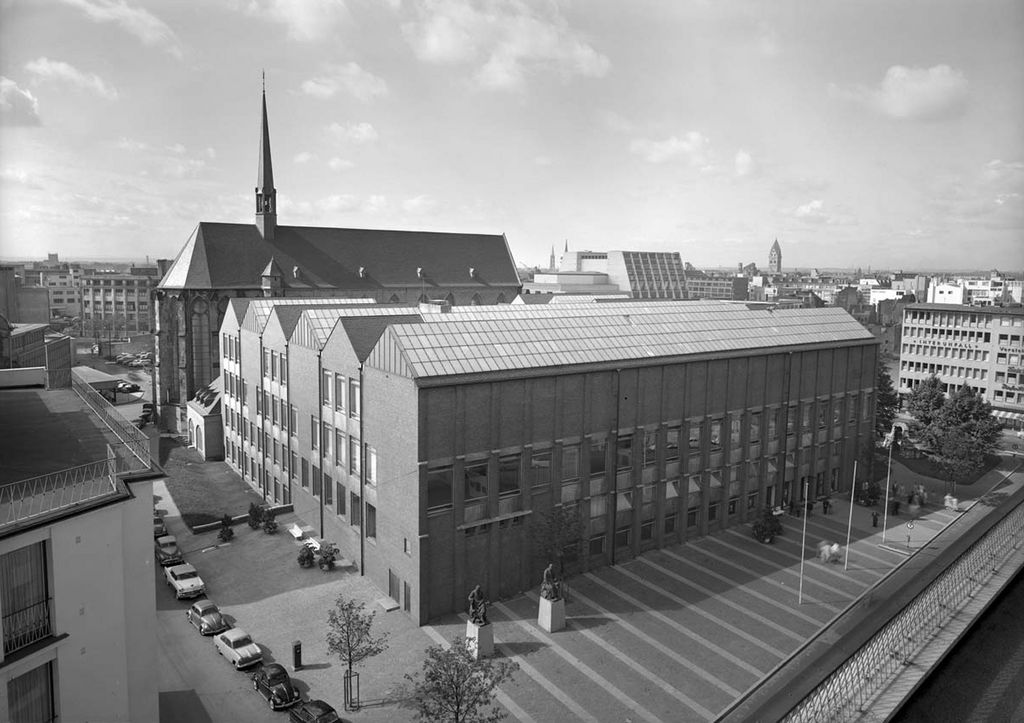
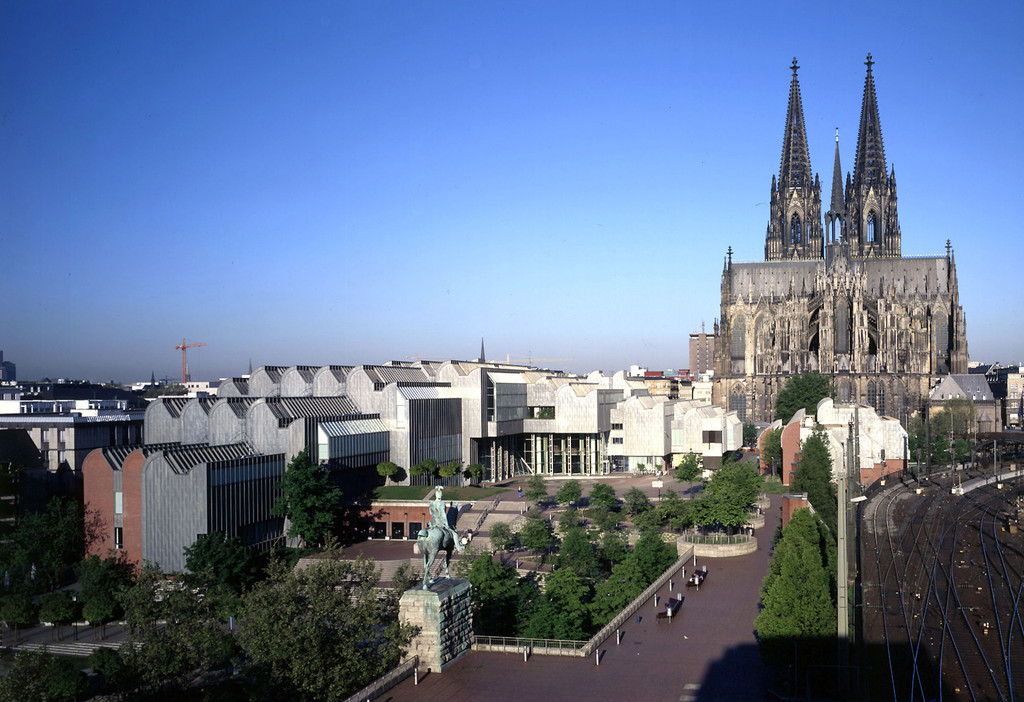
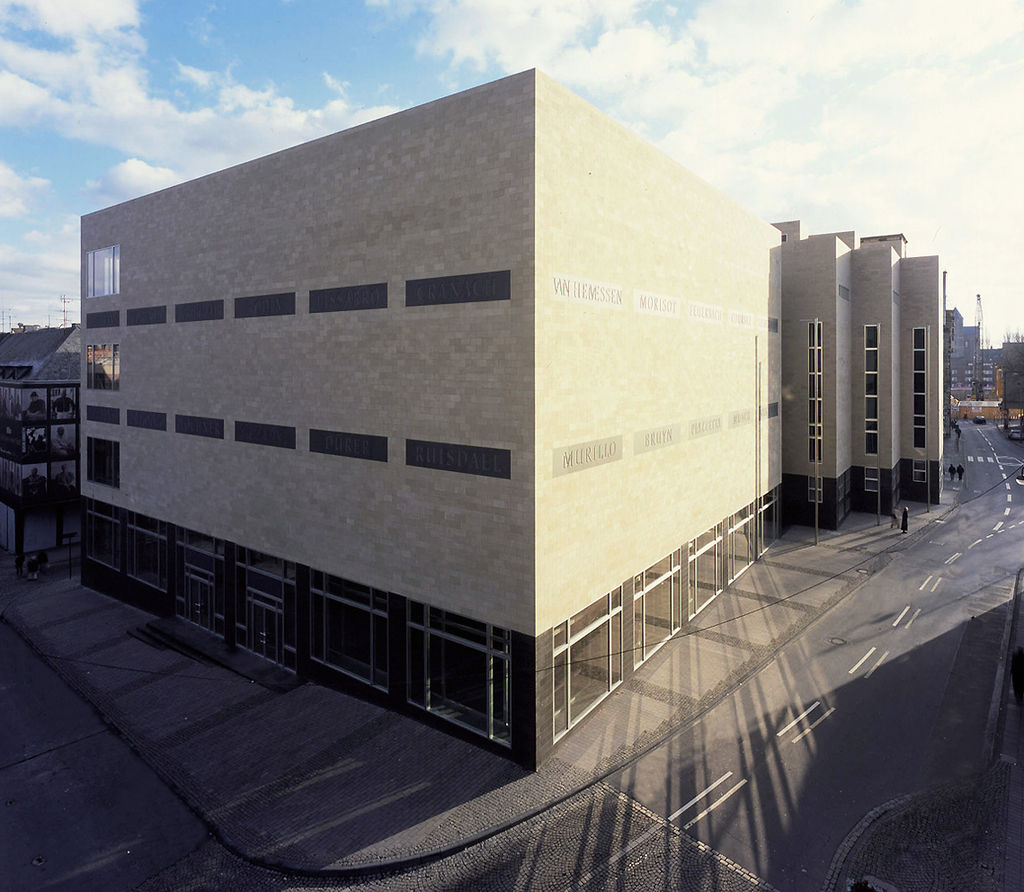
Nenhum comentário:
Postar um comentário